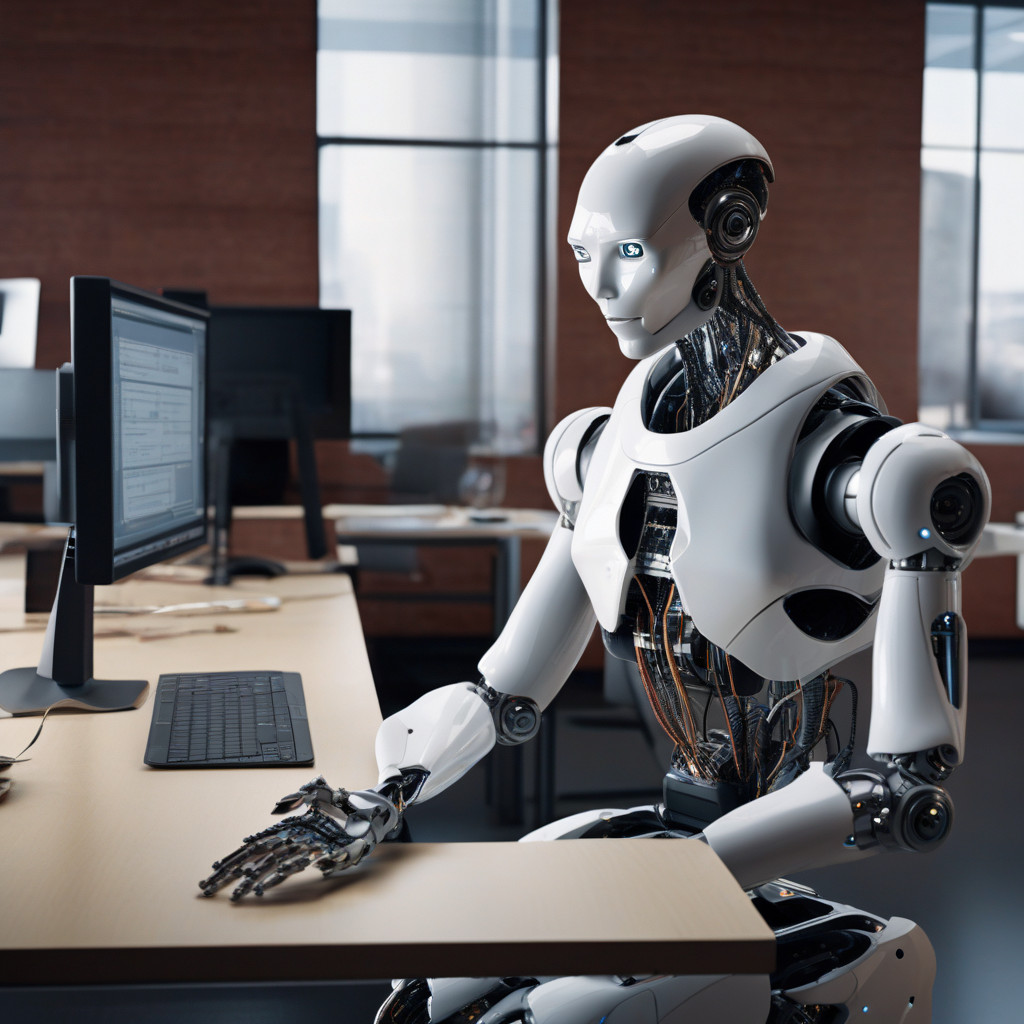Robots are about to experience their very own ‘ChatGPT moment’ thanks to Nvidia’s groundbreaking platform, Cosmos. This innovative World Foundation Model (WFM) development platform is set to revolutionize Physical AI for robots and self-driving vehicles.
With Cosmos, Nvidia introduces the concept of World Foundation Models, or WFMs, which enable the generation of vast amounts of photorealistic, physics-based artificial data. This data is crucial for training existing models or creating custom ones, empowering robot developers to enhance their programming and decision-making processes significantly.
By leveraging WFMs, developers can amplify robot training through generative scenarios, advanced tokenizers, and accelerated video processing capabilities. This approach allows for the creation of geospatially accurate simulations that adhere to the laws of physics, fostering rapid learning and adaptation for robots in various scenarios.
To put this into perspective, consider Google’s LLM-based tool, NotebookLM, which streamlines complex learning processes through diverse data formatting. Similarly, WFMs in Cosmos take existing training data and expand it into thousands of scenarios, providing robots with a wealth of learning opportunities comparable to real-world experiences.
Nvidia suggests that Cosmos will mark a pivotal moment in robotics akin to the transformative impact of Google’s Transformer model on LLM chatbots like ChatGPT. This advancement is crucial as the demand for AI training data surpasses human-generated resources, particularly in the realm of robotics where training in the physical world is laborious and costly.
By accelerating the training process through Cosmos and Omniverse, robots and self-driving vehicles can enhance their capabilities rapidly, paving the way for safer, more efficient operations. This is especially significant in the realm of autonomous vehicles, where simulated scenarios can prepare them for a myriad of real-world challenges with precision and speed.
The implications of this ‘ChatGPT moment’ for robotics are vast, potentially propelling the industry forward at an unprecedented pace. With increased efficiencies and the mainstream adoption of autonomous vehicles, industries worldwide stand to benefit from these technological advancements.
In this rapidly evolving landscape of generative AI, one thing remains certain: the future of robotics is set to unfold quicker and more profoundly than we can currently anticipate. As we witness the convergence of innovation and automation, the possibilities for robotics are boundless, ushering in a new era of technological progress.

